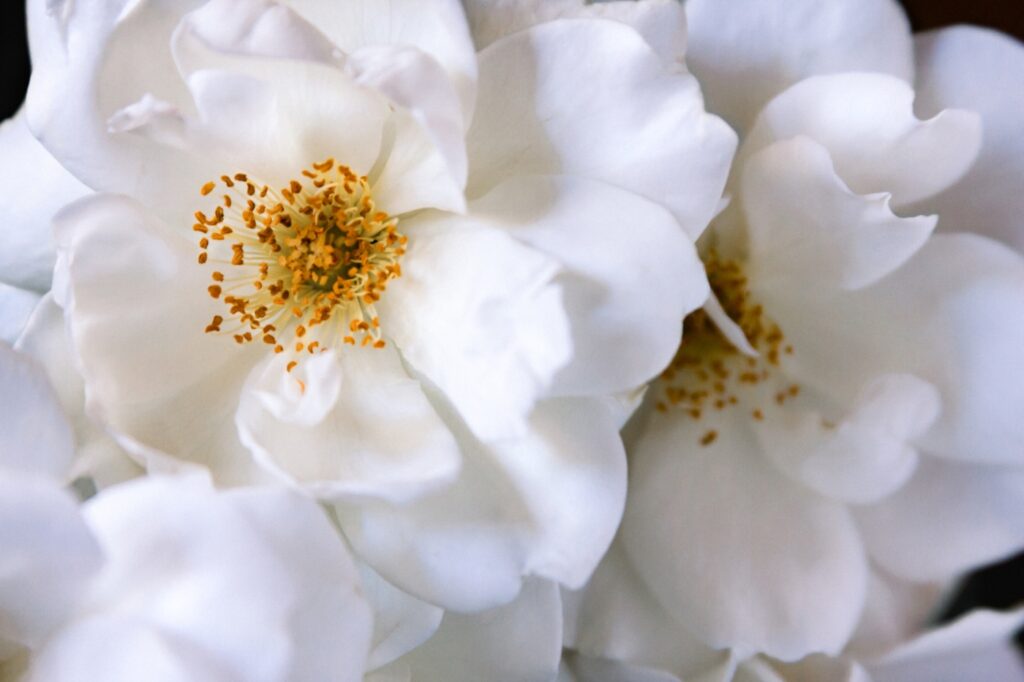
Q: My Iceberg Rose tree has very large branches crossing over one another in the middle. When I prune it this winter, should I cut those out? It hasn’t thrived in a couple of years, but neither have my regular Iceberg Rose bushes. The leaves are greenish-yellow, and I get small roses whereas they used to be big and beautiful. I live in Northridge, and I think it may be the high heat we’ve had the last few summers. They are in a south-facing bed.
A: The hot dry summer has not been kind to my roses, either. Heat damage shows as brown or burnt-looking leaves on the exterior of the plant. Your roses may have sustained some heat damage, but they also might need some serious pruning and fertilizing. Extreme heat can stress roses, especially when accompanied by water stress. If the bush isn’t getting enough water, the blooms will be smaller, sometimes with washed-out colors. As for any plant, pay special attention to watering when the weather gets toasty.
Yellow leaves are most often the result of a nitrogen deficiency. Once the roses come out of their winter dormancy, apply a well-balanced fertilizer. In many regions, roses don’t go completely dormant, but they do slow down in the winter. Apply fertilizer after your last frost date (usually in early spring). If the leaves are still yellow after fertilizing, there might be an iron deficiency. Alkaline soil will bind up any available iron, making it less available to plant roots. If this is the case, you can apply an iron supplement such as Ironite.
For any rose type, crossing branches should be removed. I’ve found that tree roses are especially prone to crossed/crowded branching. Prune with the goal of creating an open structure within the bush. Opening things up will be good for your plant’s health by increasing air circulation and sunlight exposure. As a bonus, the extra sunlight will help with flowering.
Q: I’ve recently had a few trees and shrubs removed from my yard. They were not healthy, and I believe it is due to the heavy clay in the soil. Before I invest in new plants, I’d like to know what to do about the soil. Is there a way to get rid of the clay? We’ve taken 3-4 inches off the top but there is still much to contend with.
A: There are three general types of soil: clay, sand, and loam. Clay soil consists of small particles, resulting in a heavy, sticky texture that often does not drain readily but will hold water and nutrients. Sandy soil consists of large particles, resulting in a loose, gritty texture that can drain too readily and will not hold onto nutrients. Loam is soil that is rich in organic matter, drains adequately, and holds onto nutrients.
In order to improve your soil, whether it’s clay or sand, you must incorporate organic matter. This can be done by digging in compost, aged manure, grass clippings, or ground-up leaves. Removing and replacing soil is not recommended.
